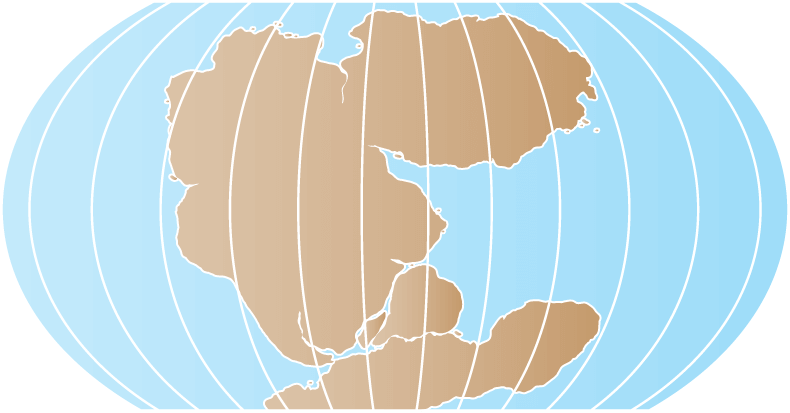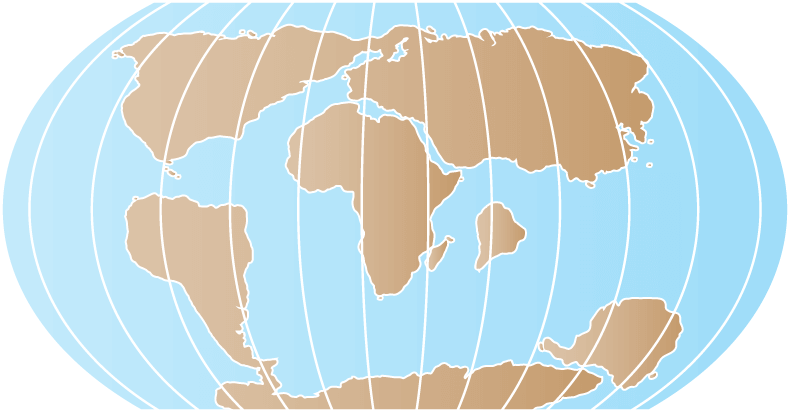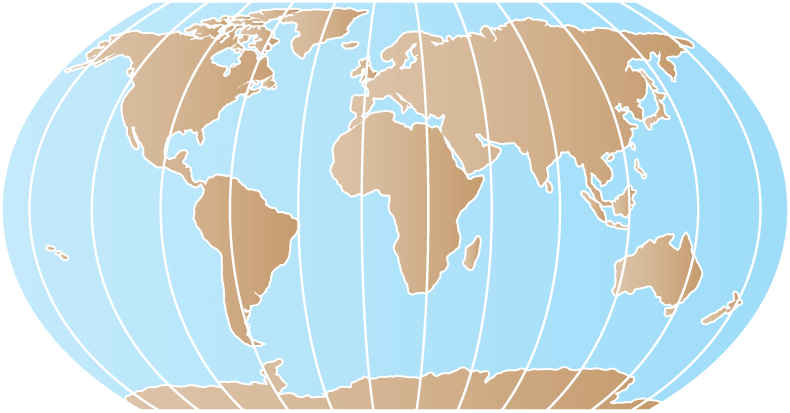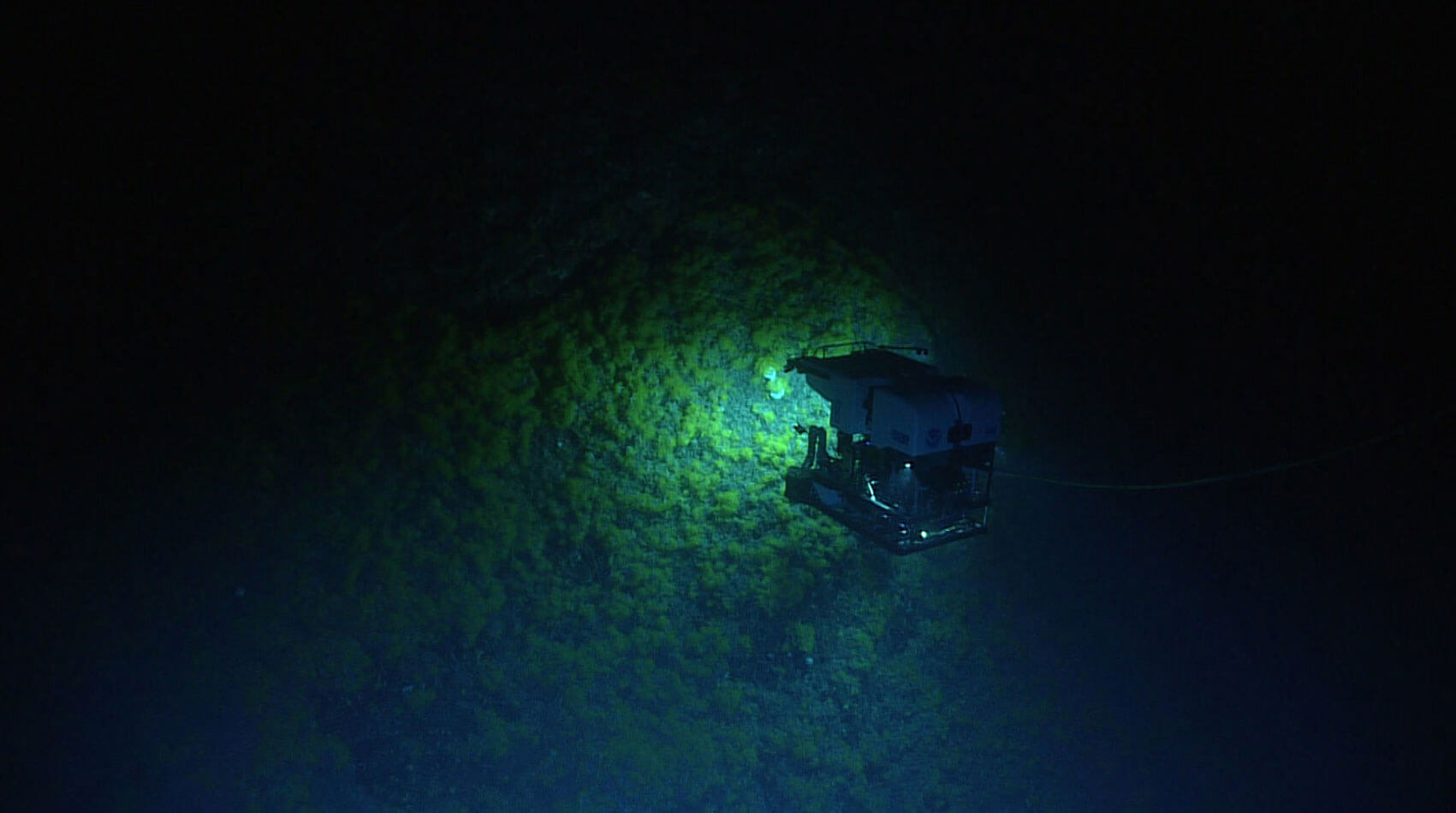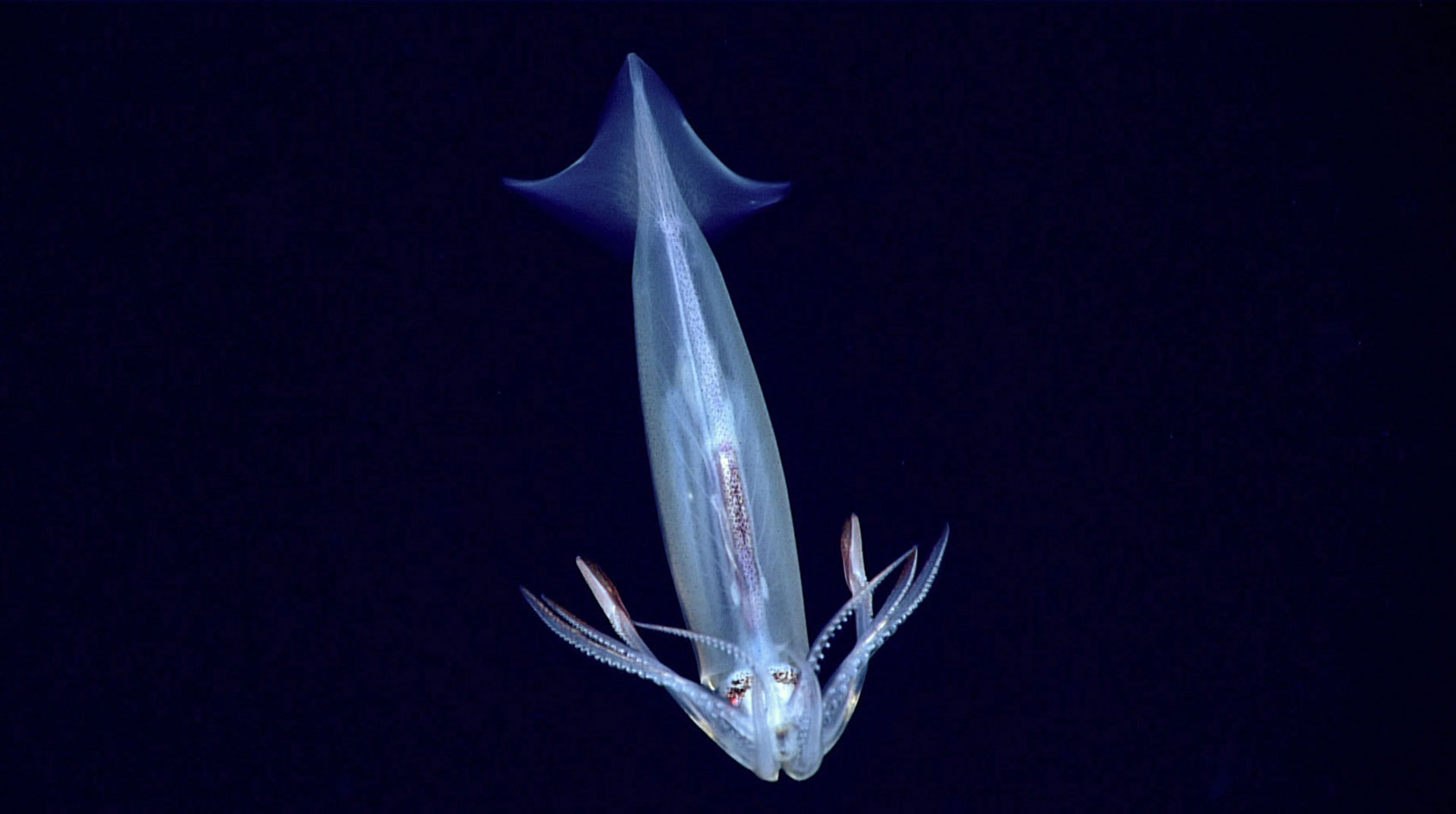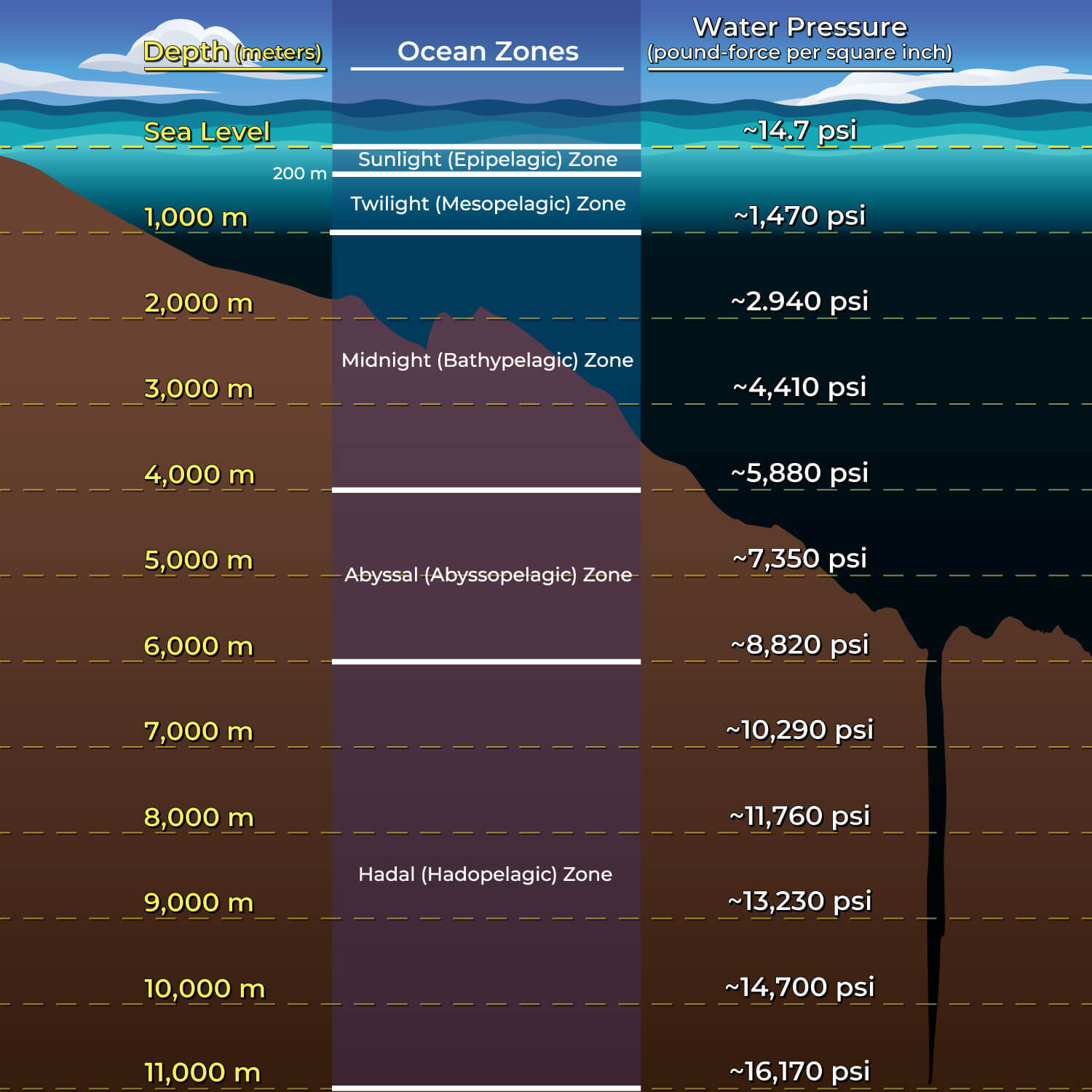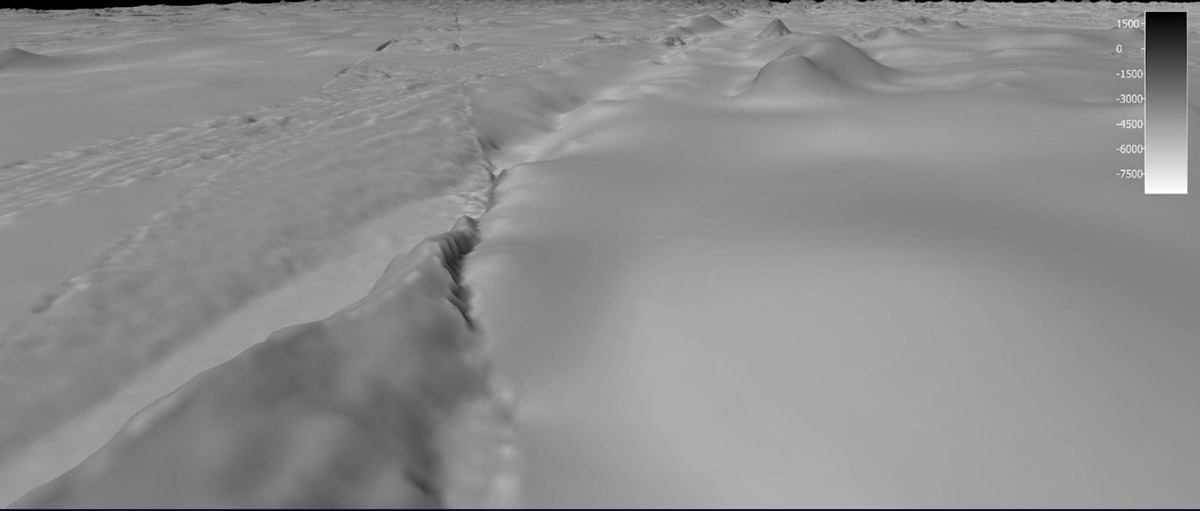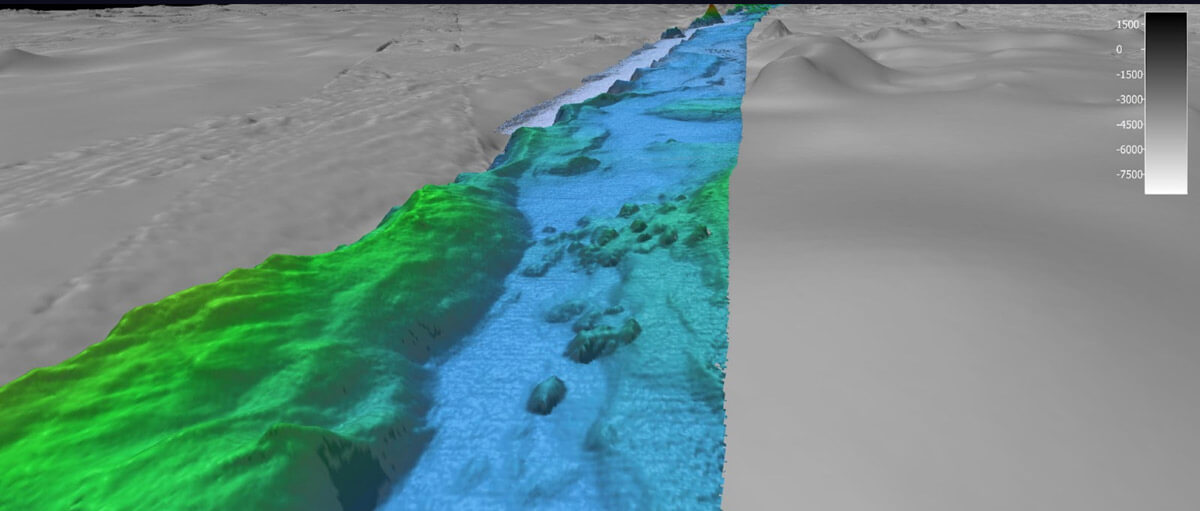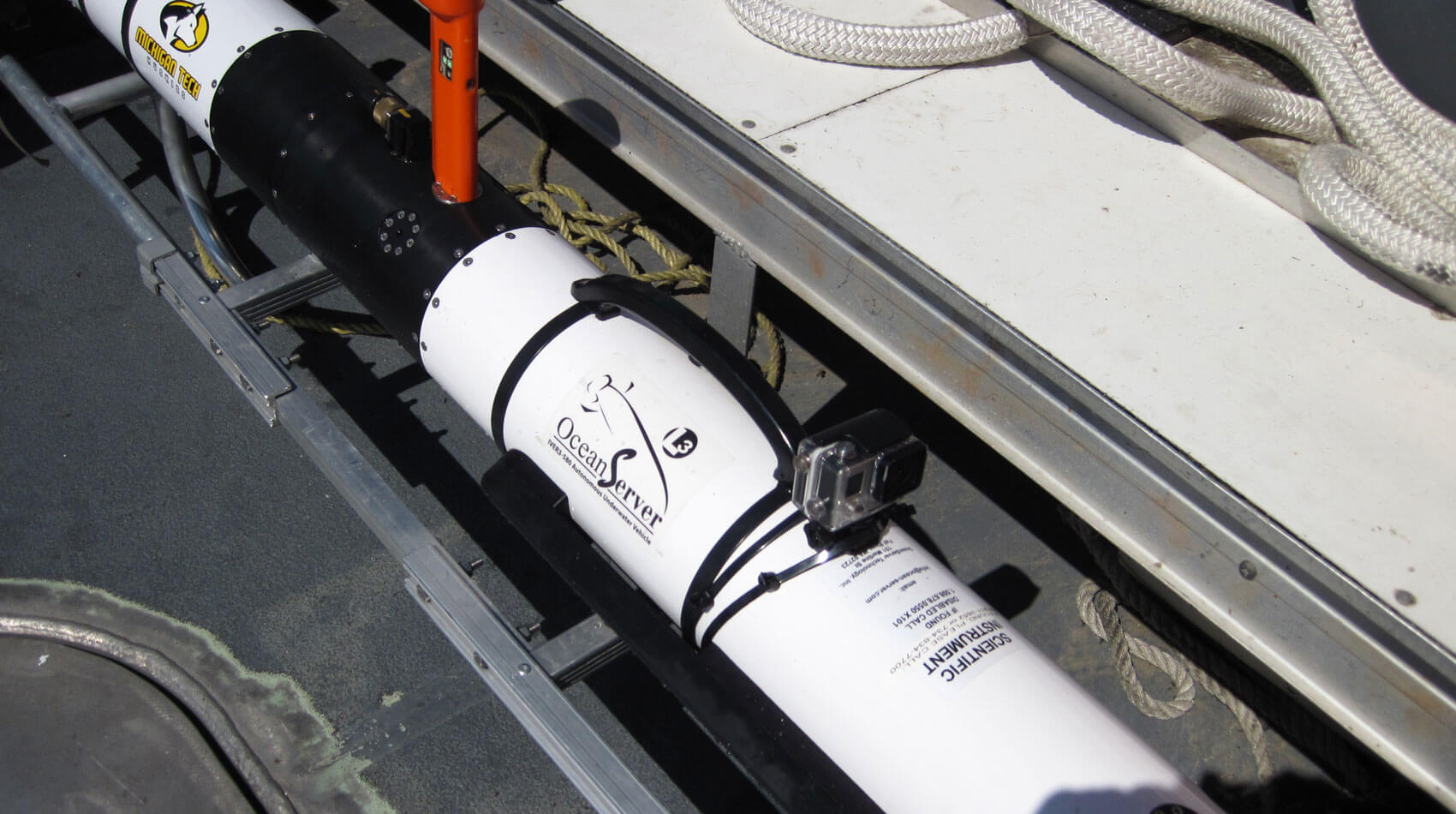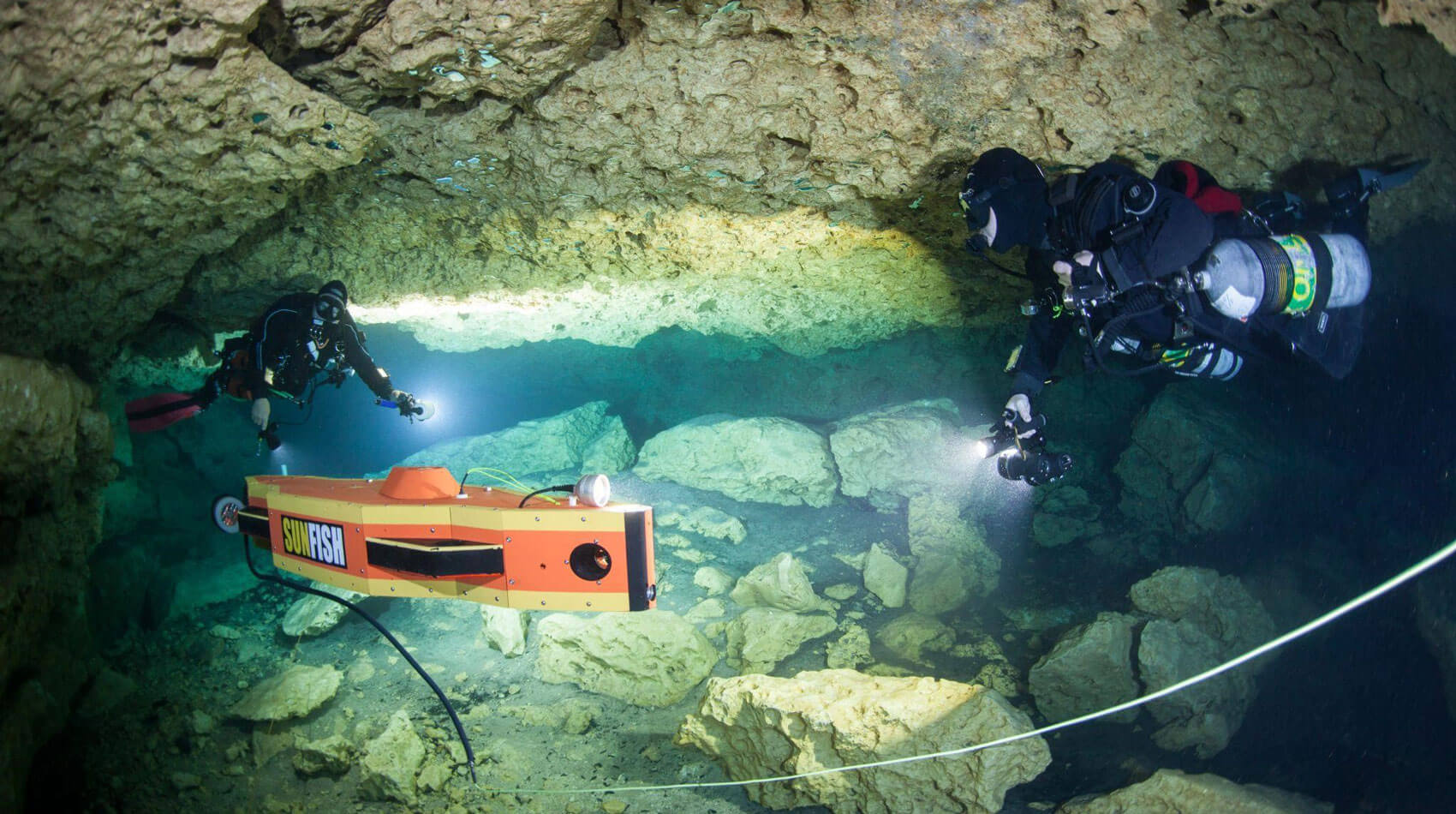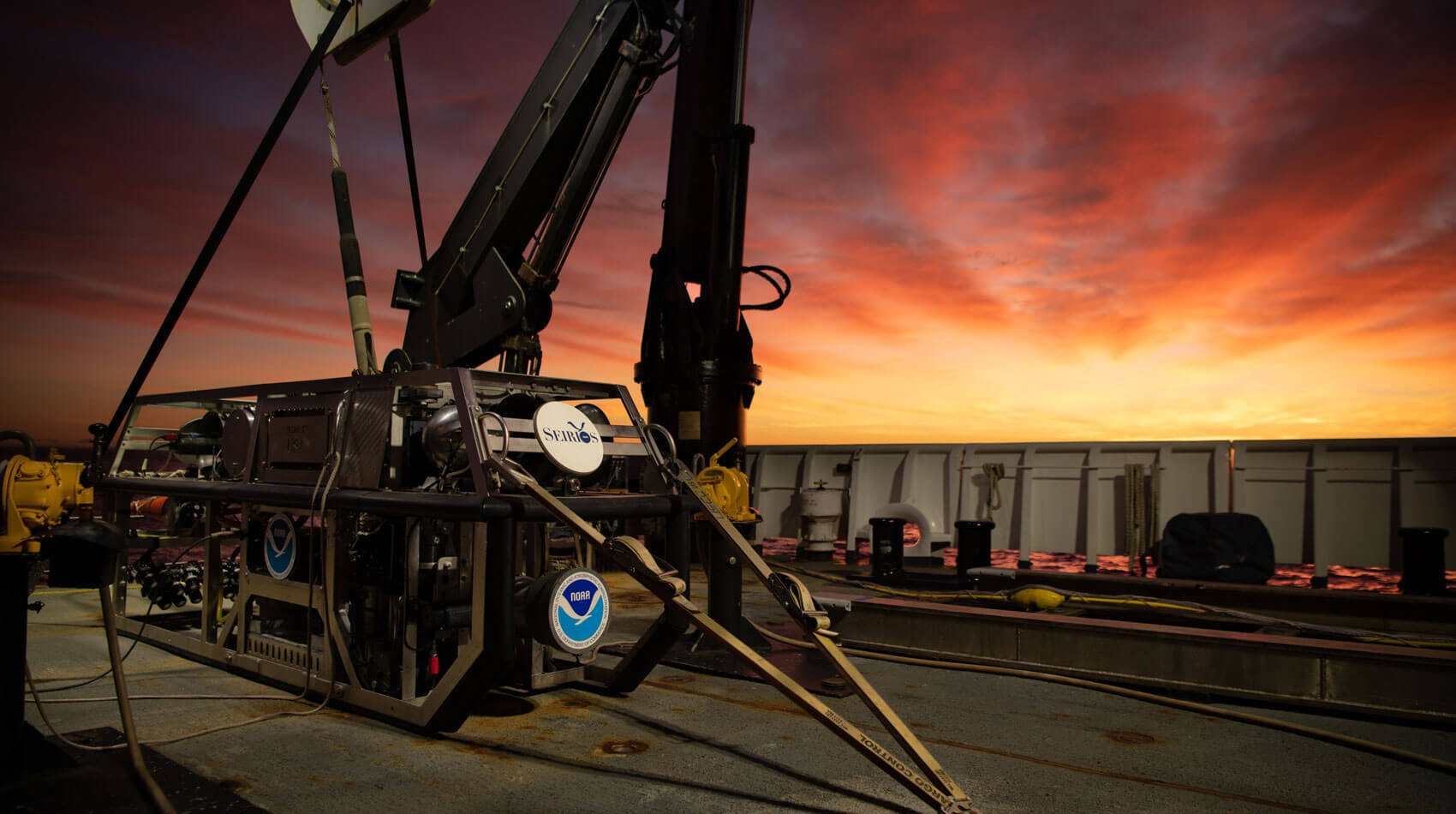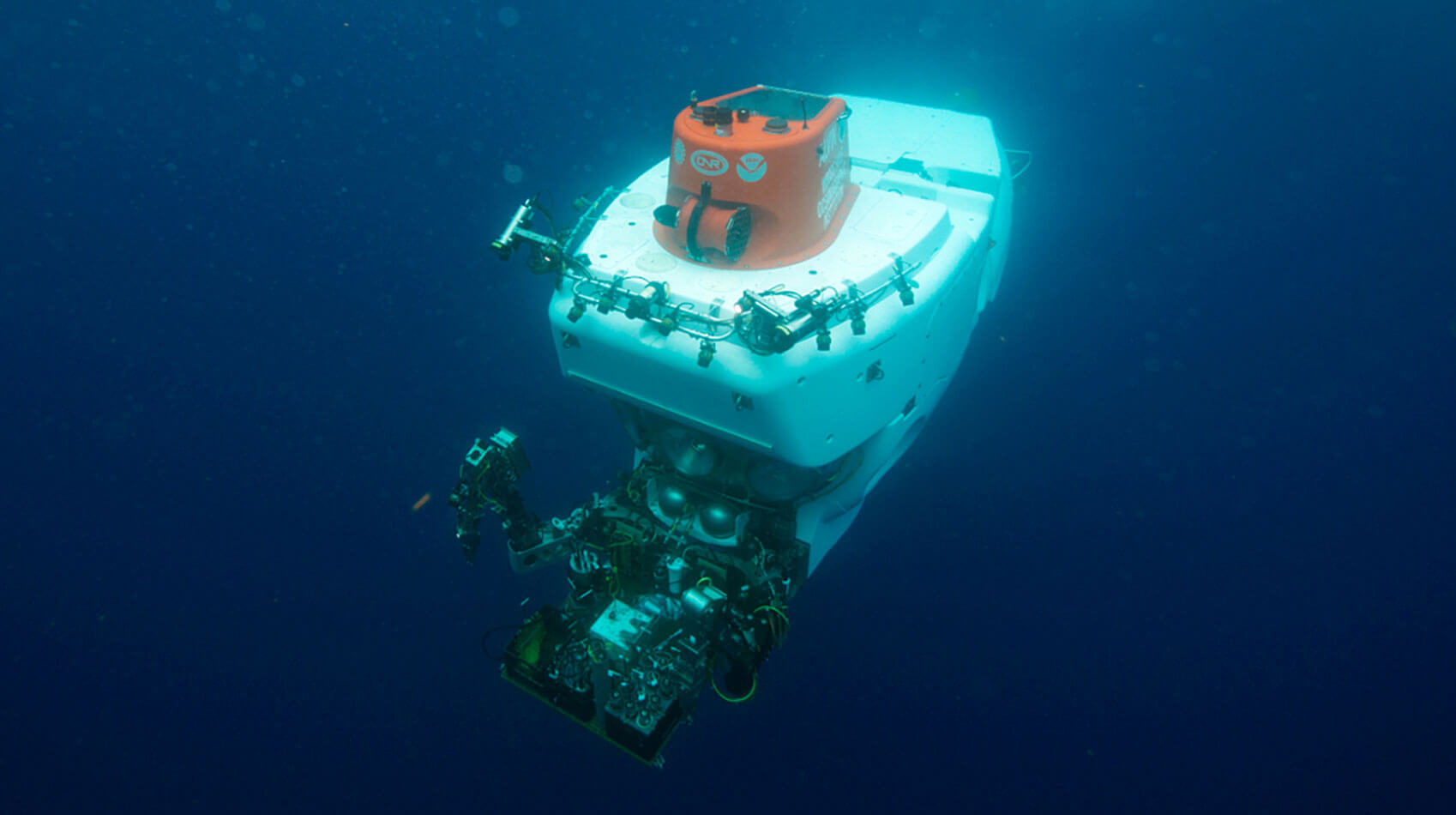Earth’s First Ocean
When Earth first formed over 4.5 billion years ago, it was a hot, dusty, and gassy wasteland, without an ocean in sight. As the planet cooled, a toxic atmosphere formed from volcanic gasses. Little by little, early volcanic eruptions released the elements hydrogen and oxygen, with more of each arriving from icy comets as they crashed into the young planet. These hydrogen and oxygen molecules joined together to create dihydrogen monoxide—better known as water.
By 3.8 billion years ago, Earth had cooled enough that the atmospheric temperature fell below the boiling point of water (212°F/100°C), allowing the planet’s first rain to form from atmospheric water vapor. This first rainshower lasted for thousands of years. Due to gravity, the rainwater settled in lower geographic areas on the planet’s surface, creating Earth’s first ocean. This liquid water is what makes Earth so uniquely suited to supporting life.
Earth’s earliest ocean was probably similar in volume to today’s, but otherwise looked very different—completely devoid of life. It was also hot, acidic, and heavily enriched with iron. The earliest ocean was not even salty since the salinity of today’s ocean is the result of the weathering of continental rocks over long periods of time. It was under these extreme conditions that life on Earth arose around 3.8 billion years ago. Scientists hypothesize that this first occurred near the ocean’s hydrothermal vents.
WHAT ARE HYDROTHERMAL VENTS?
Hydrothermal vents are openings on the ocean floor from which super-heated, mineral-rich water gushes. Like hot springs on the ocean floor, hydrothermal vents are produced by submarine volcanism, which often occurs at plate tectonic boundaries. These important features were first discovered in the deep sea by ocean explorers in 1977. Scientists were shocked to discover chemosynthetic organisms (organisms that depend on energy released from chemical reactions) being supported by the vents in the absence of light. Until this relatively recent discovery, it was thought that sunlight was a requirement for life.

